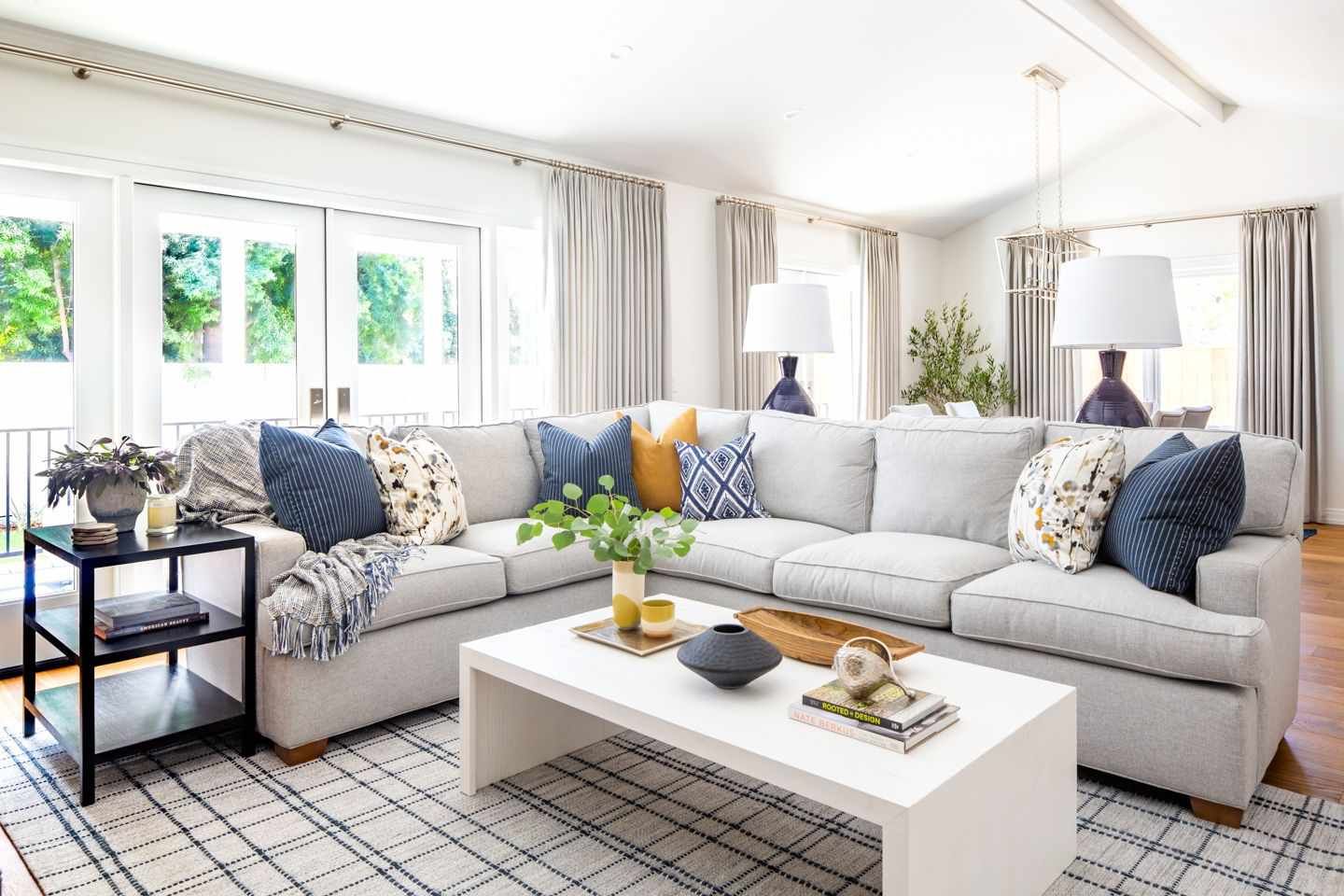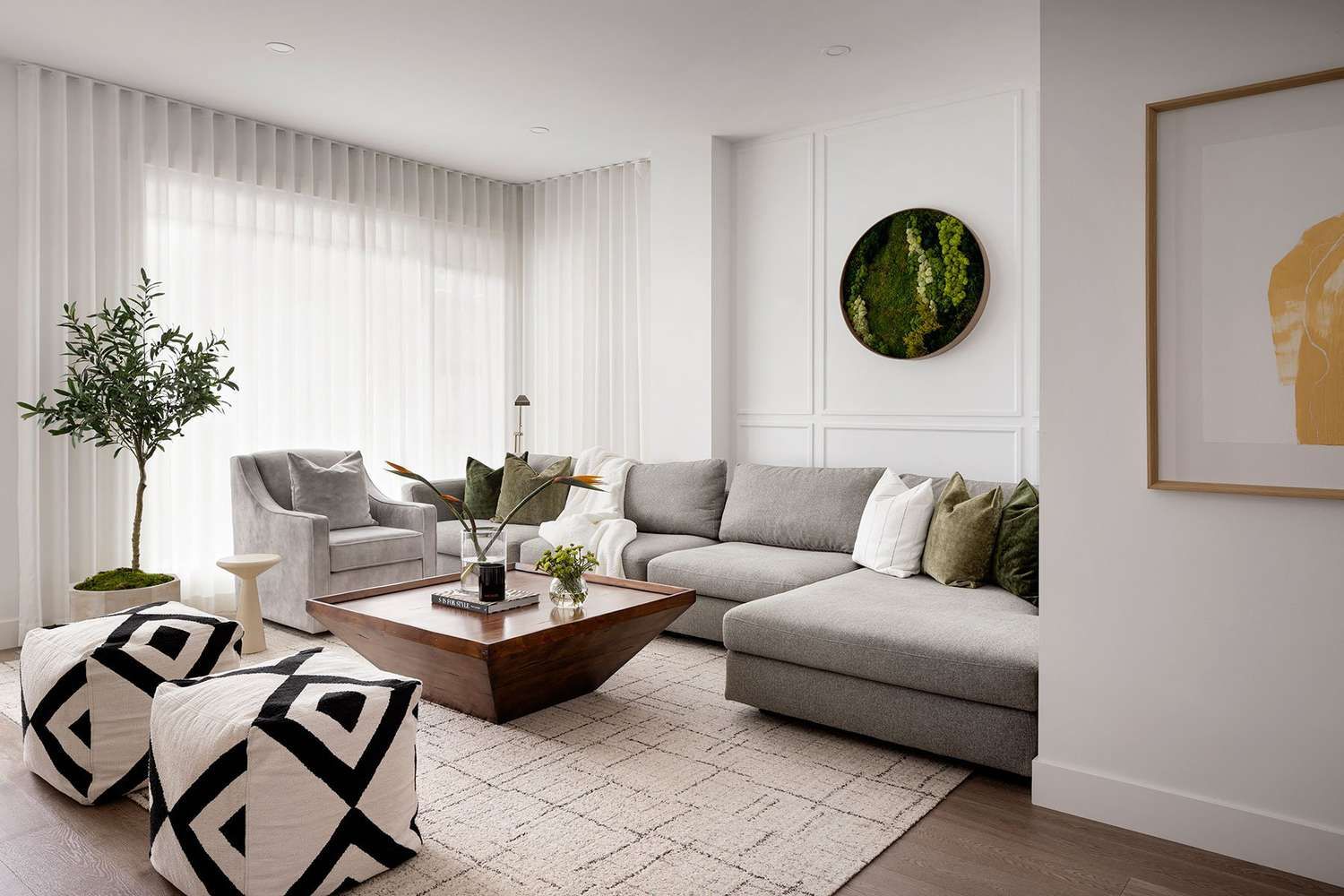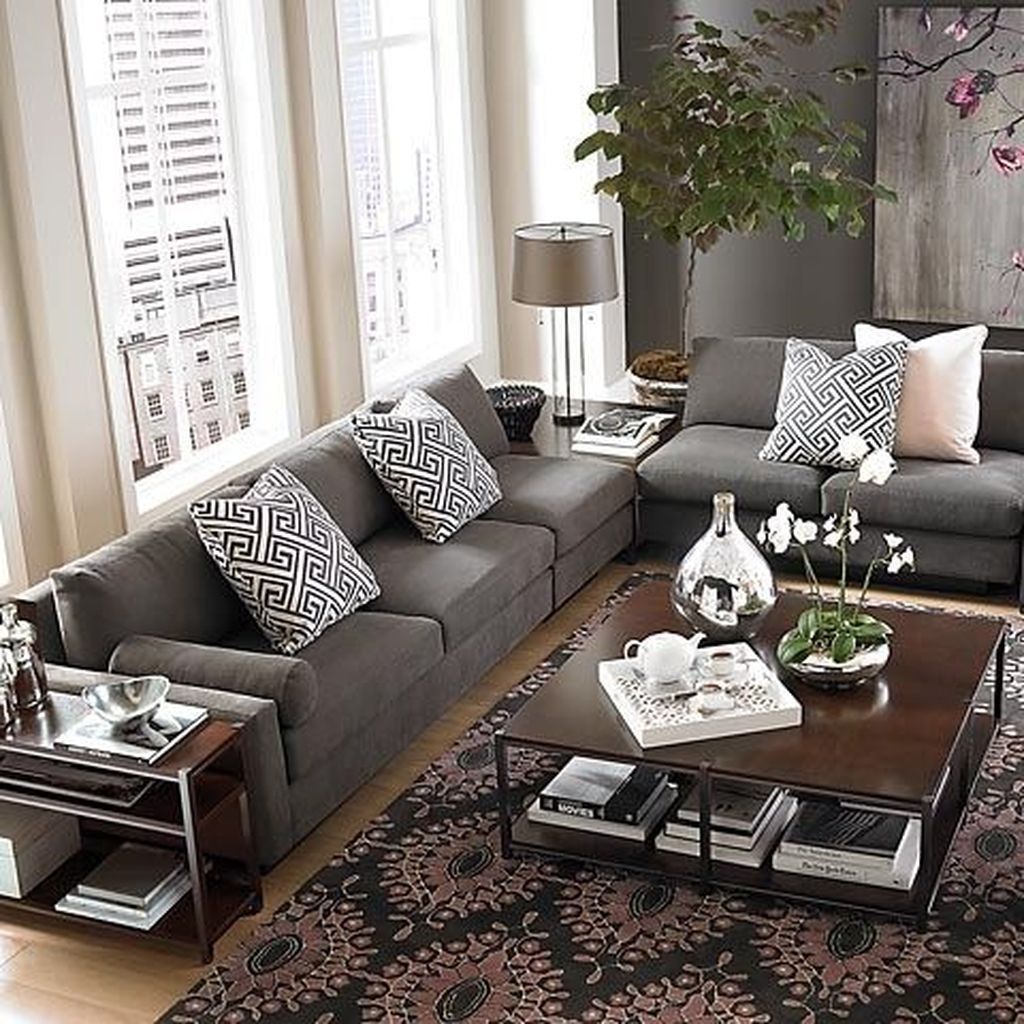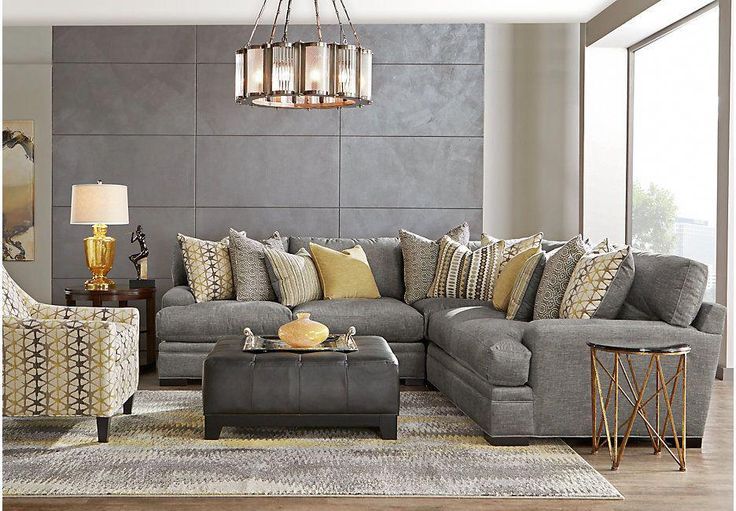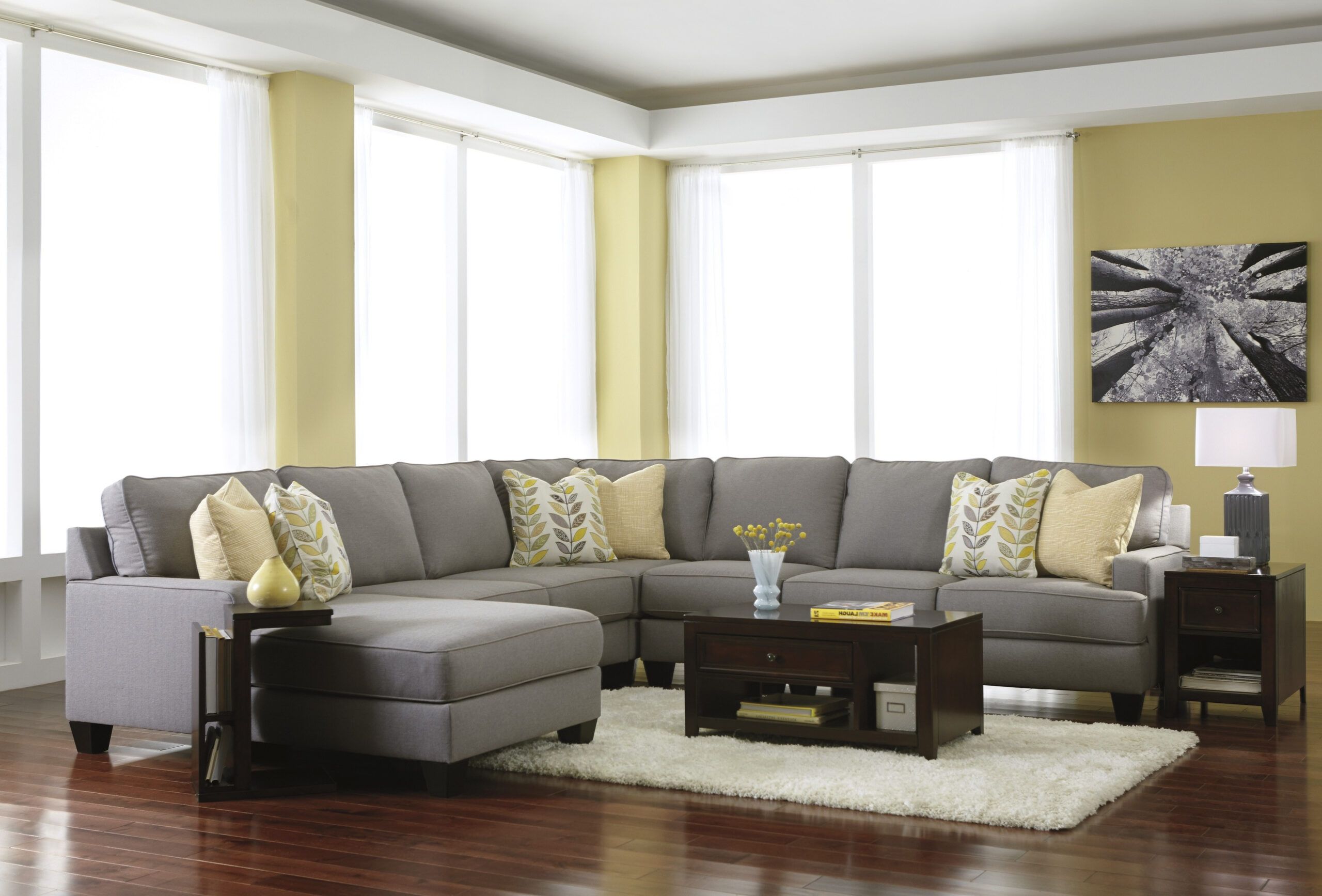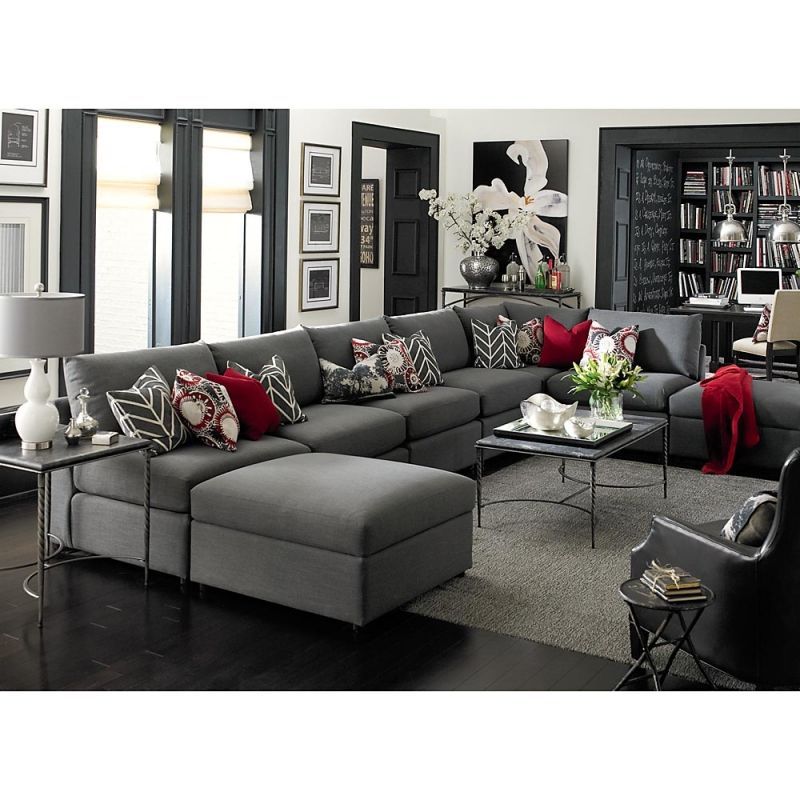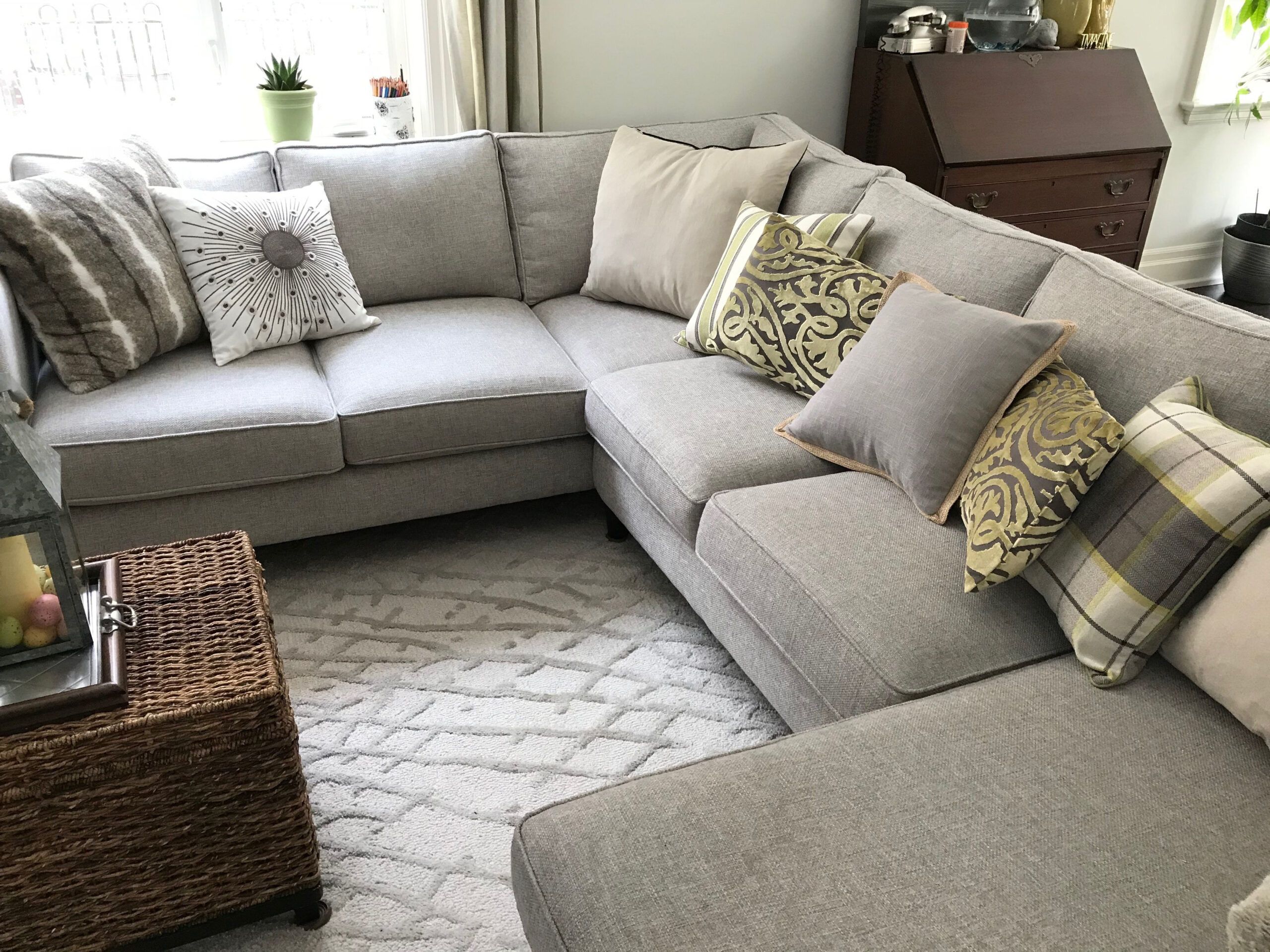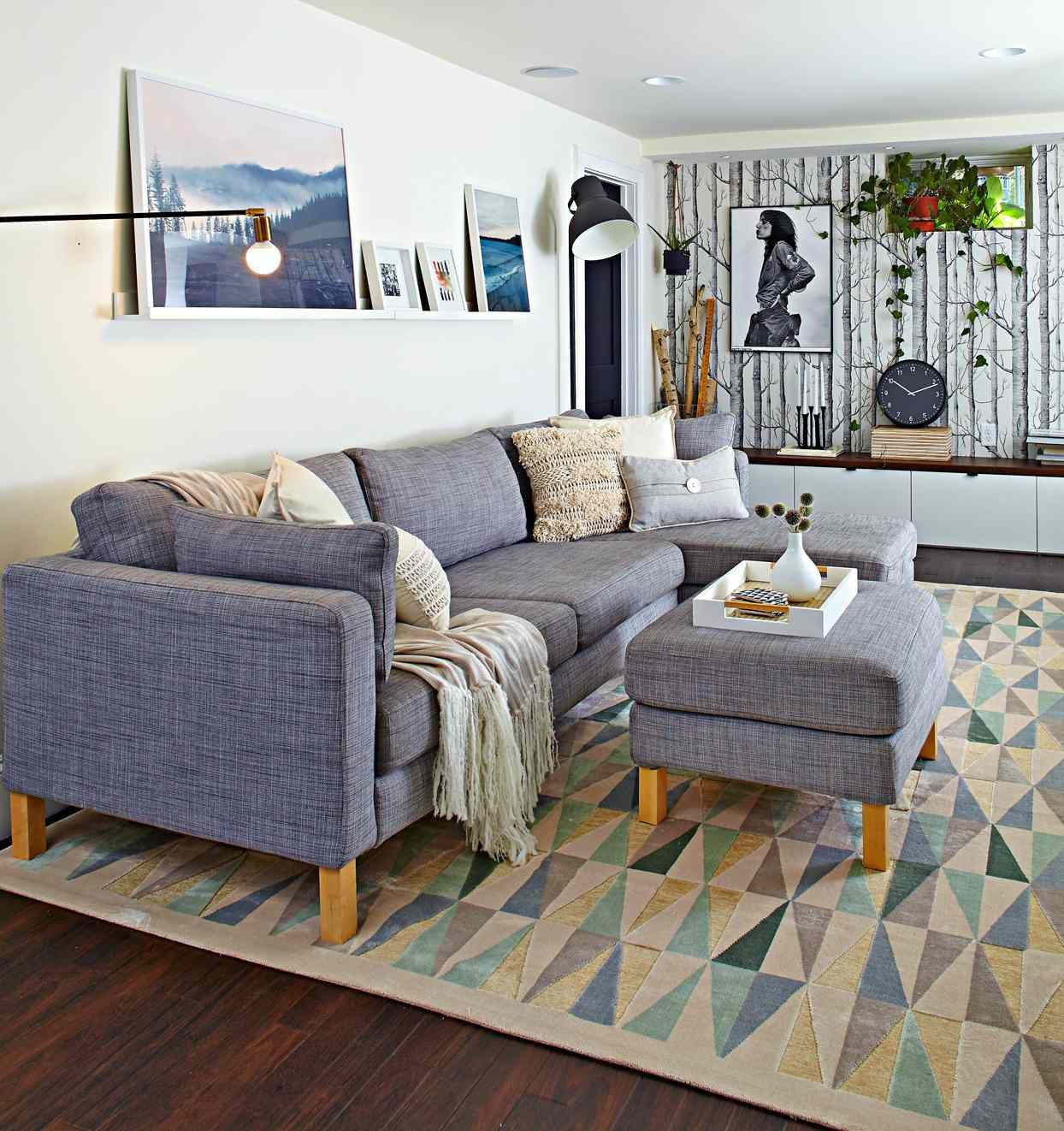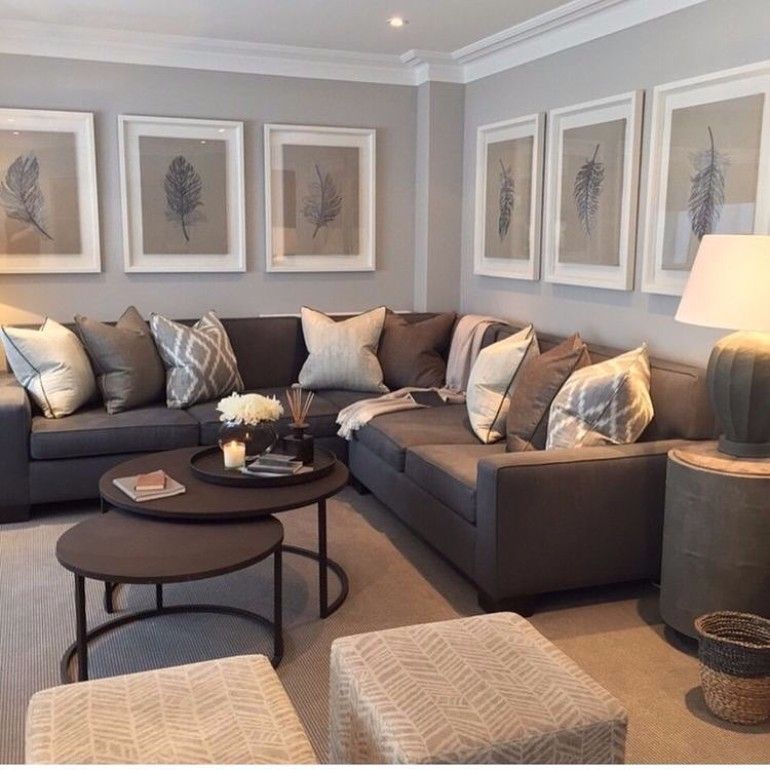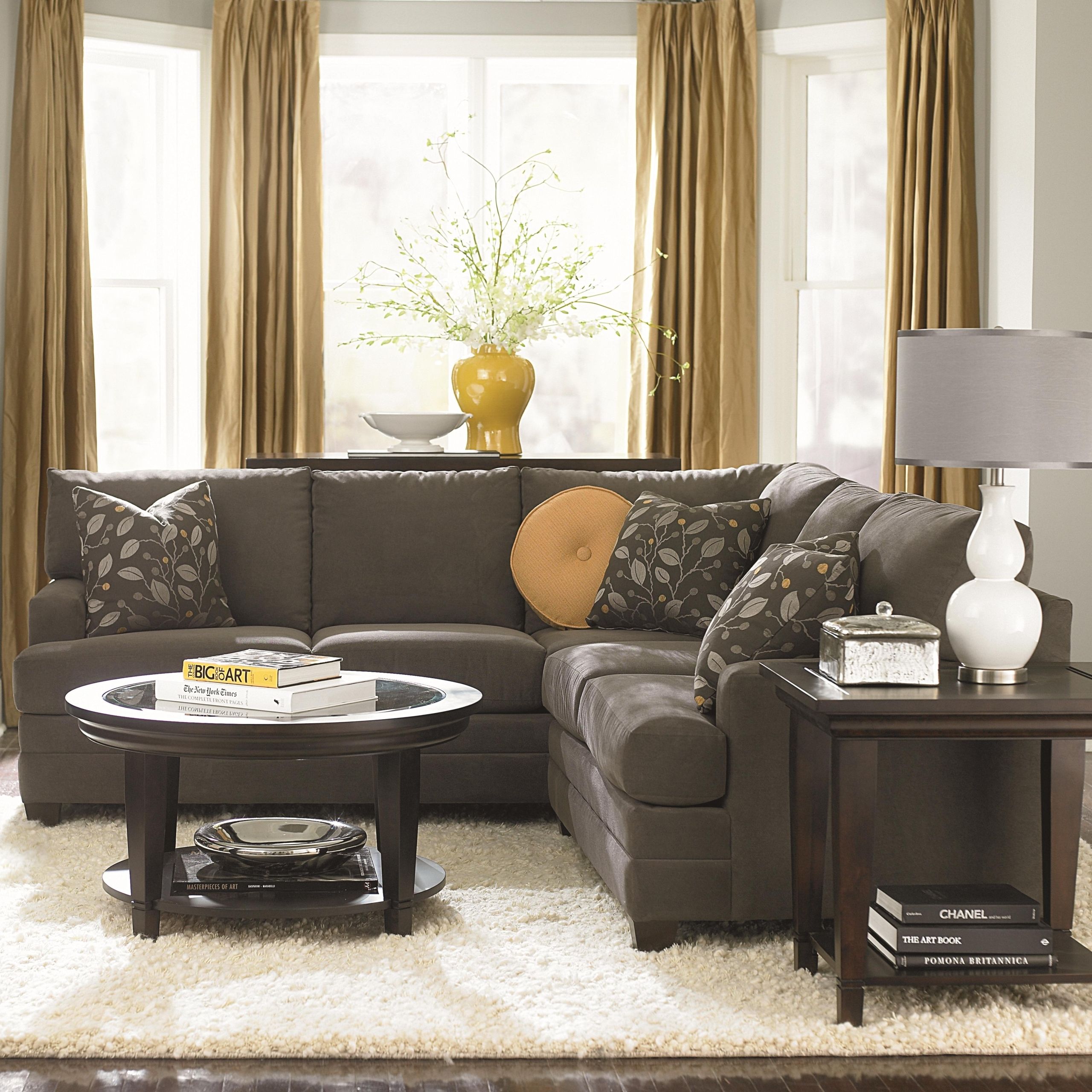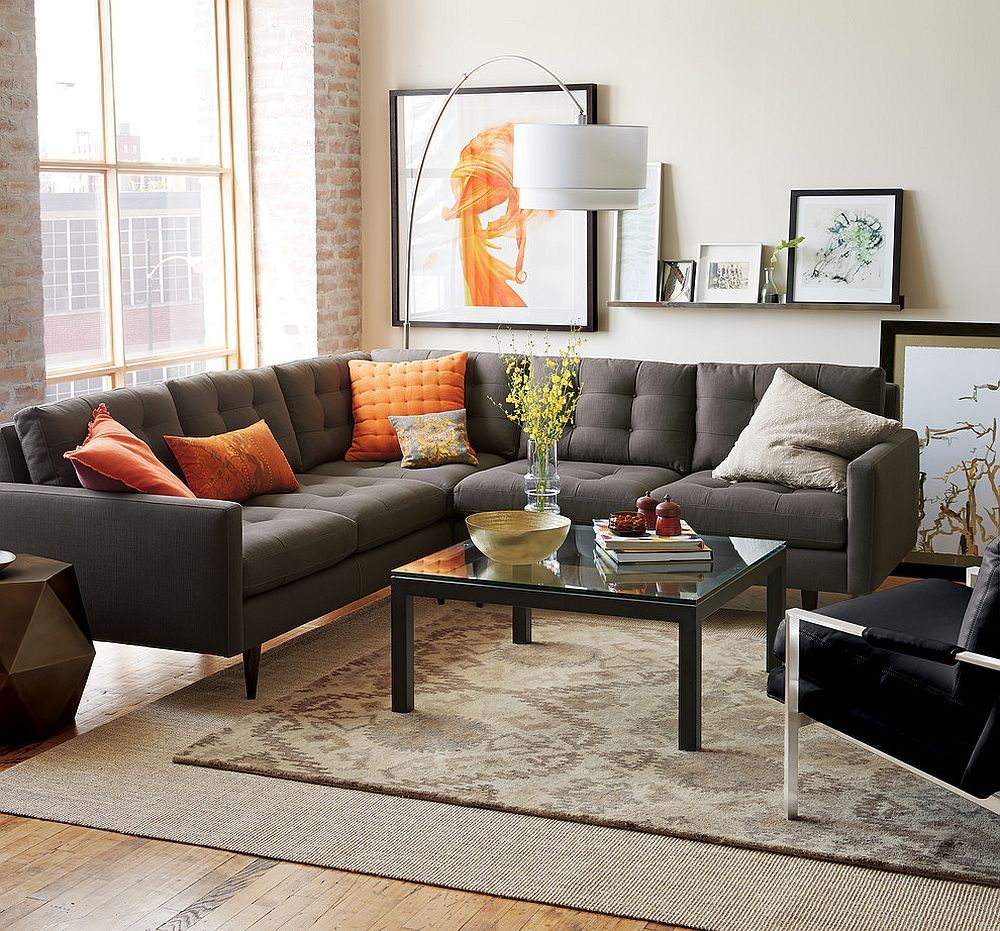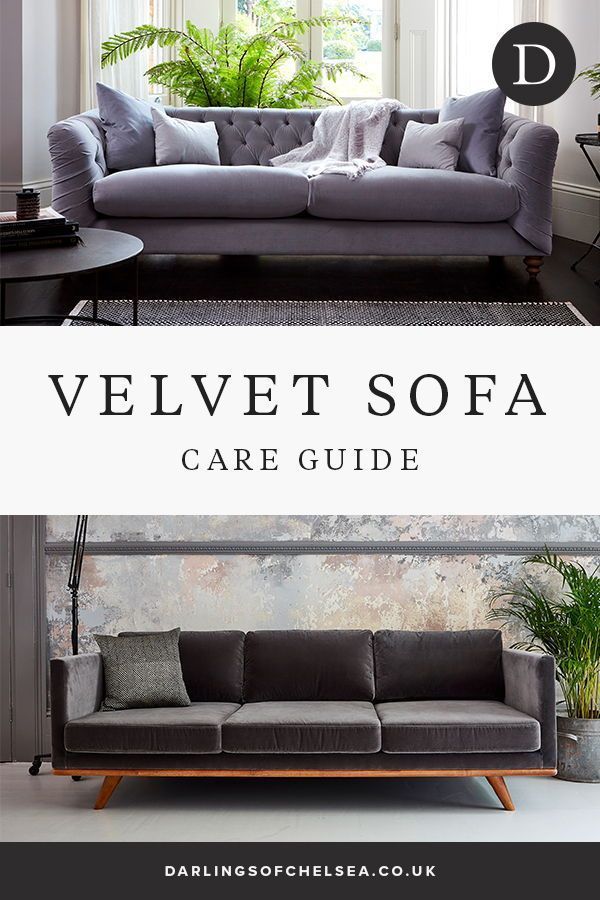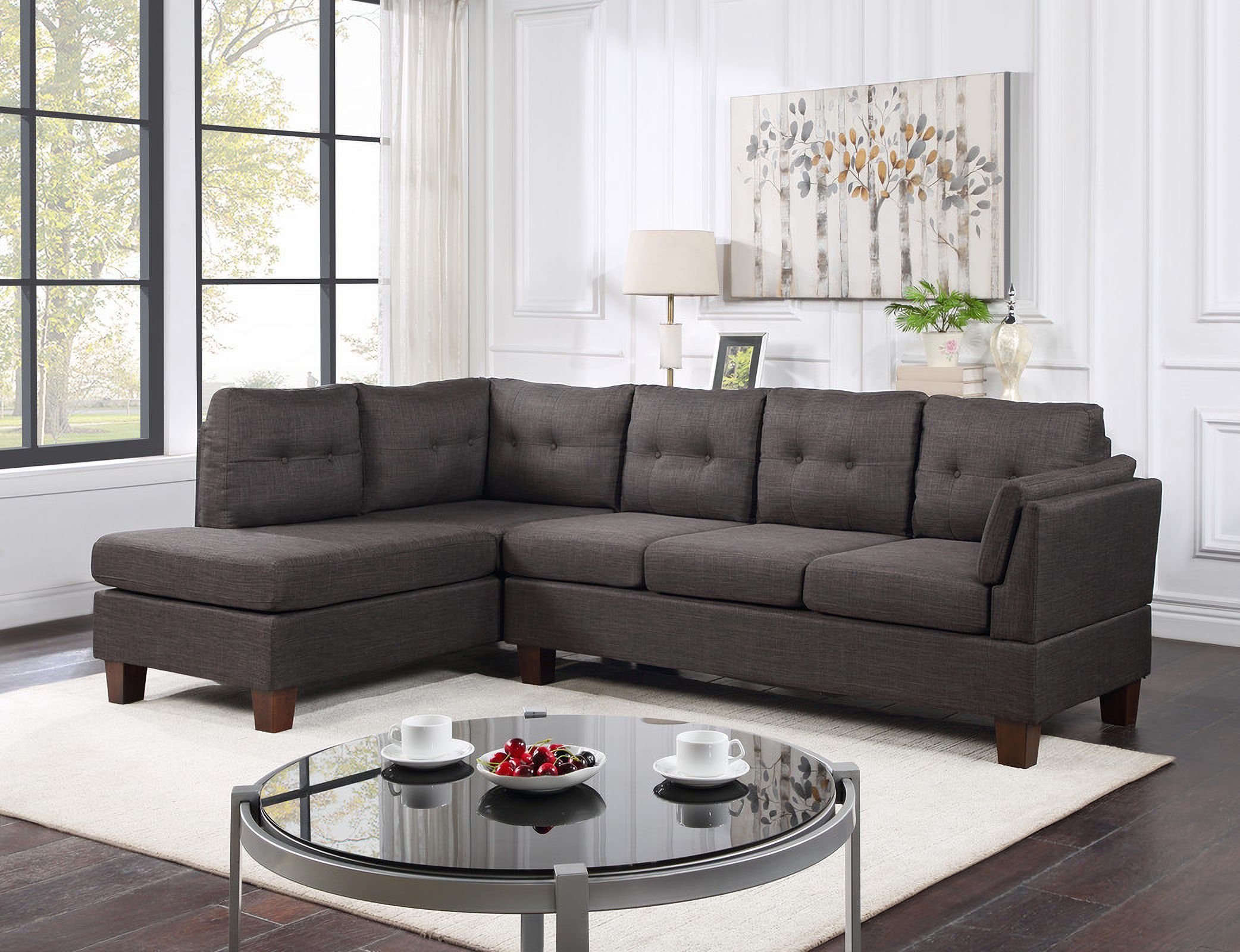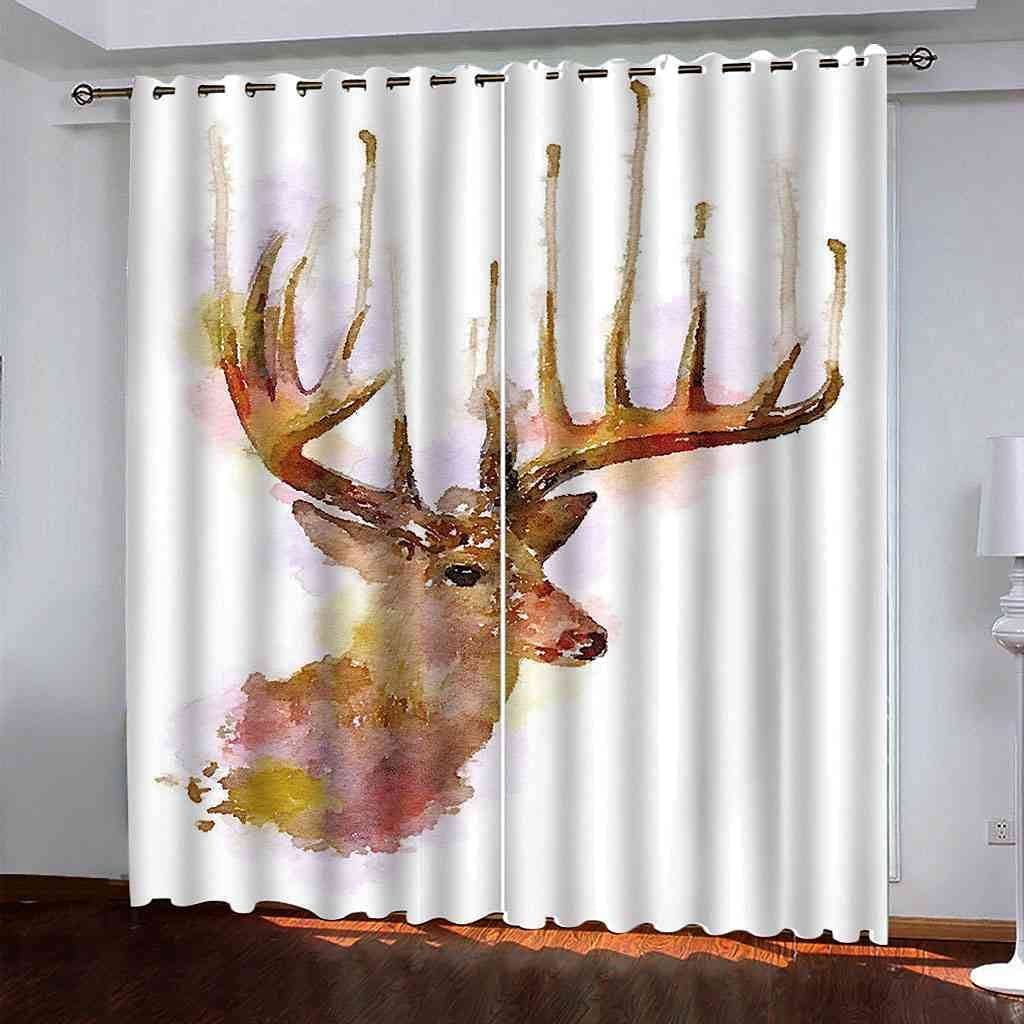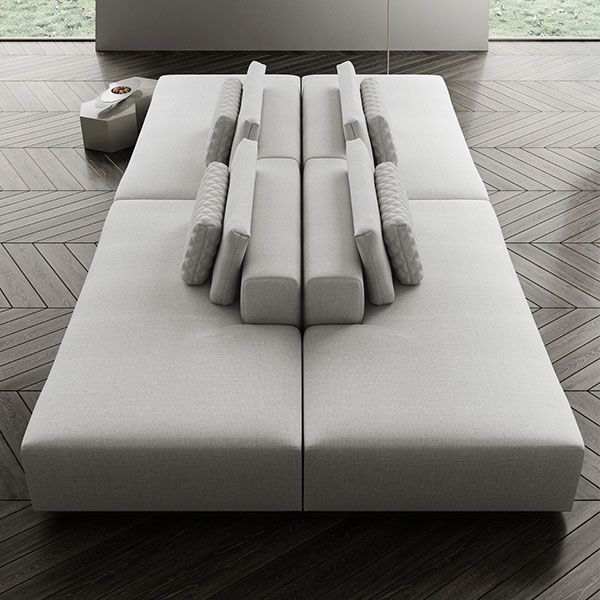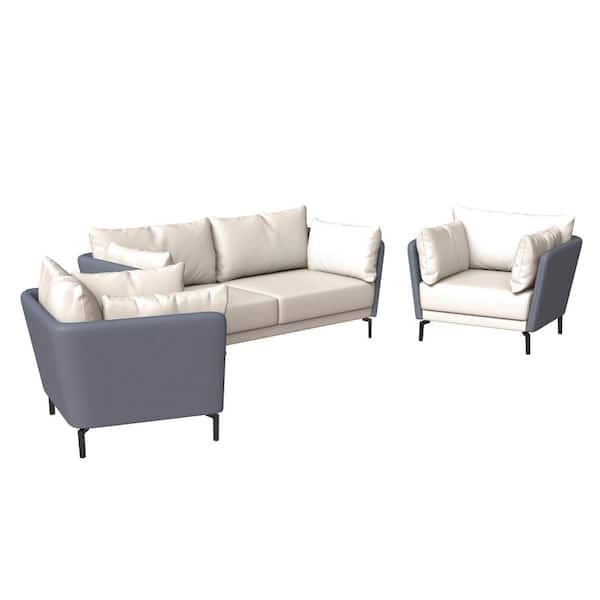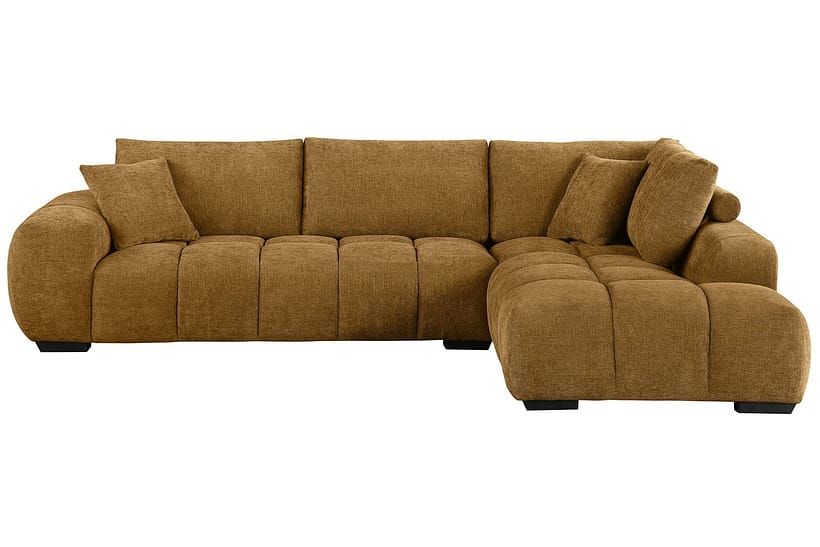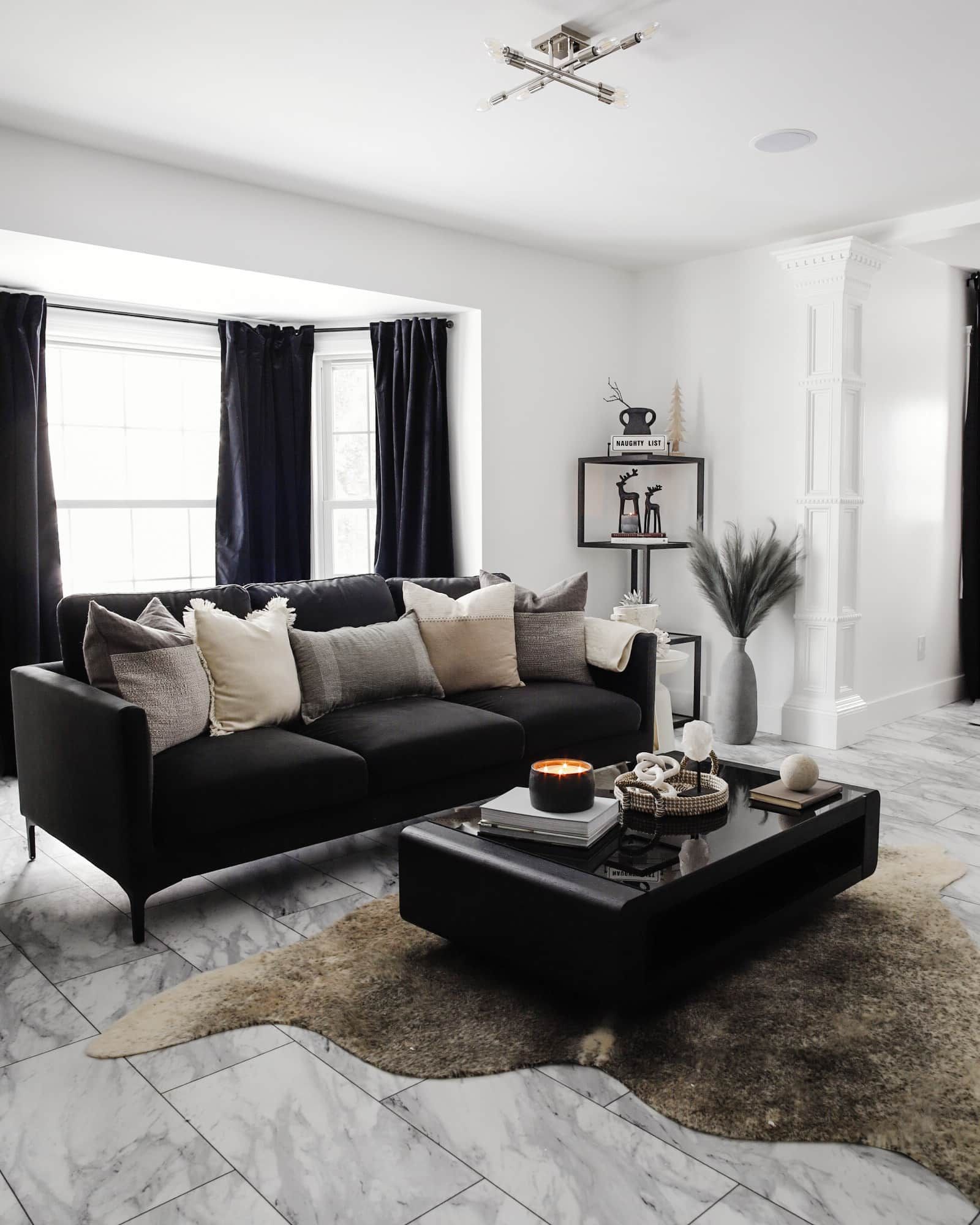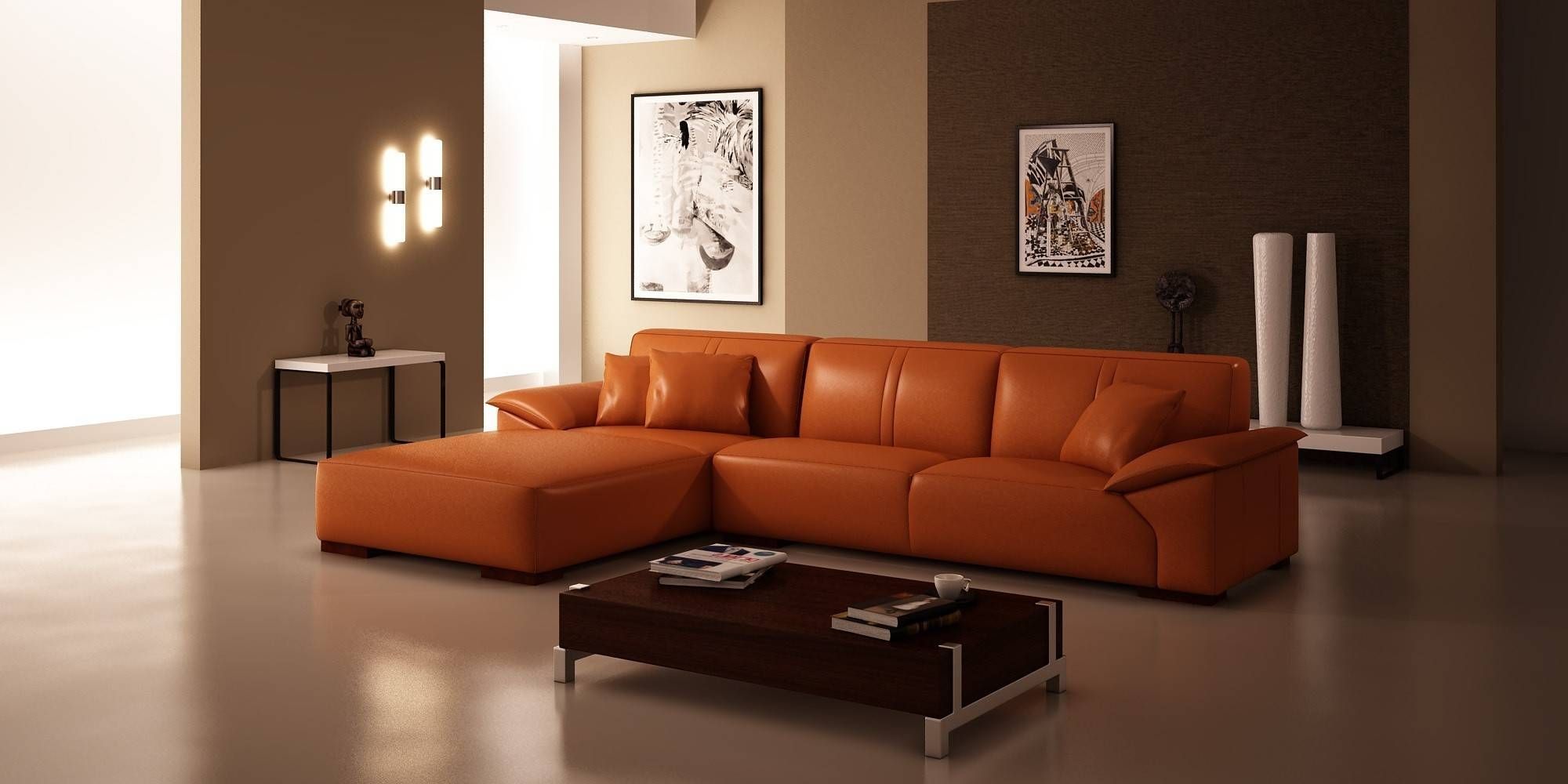So, you’ve got a beautiful gray sectional – a fantastic starting point for a chic and versatile living room. But what about the rug? That’s where the real magic happens. Choosing the right rug for your gray sectional can be a game-changer, pulling the whole room together and defining your personal style. This guide will help you navigate the sometimes-confusing world of rug selection, ensuring you create a space that is both stylish and truly you. We’re talking about color, size, material, and how they all play together. Get ready to fall in love with your living room all over again.
Gray sectionals are super popular, and for good reason. They’re neutral, they’re elegant, and they work with pretty much any design scheme. But a gray sectional alone can sometimes feel… well, a little blah. That’s where the rug steps in to save the day. It’s like the icing on the cake, the final touch that adds warmth, personality, and a whole lot of character. Picking the perfect rug, though, can feel overwhelming. Don’t worry, I’m here to break it down, step-by-step, and share some of my best-kept secrets for rug-and-sectional success. We’ll be covering everything from color combos to how to figure out the right size for your space. Let’s get started, shall we?
Color Palettes: Finding the Perfect Match
The color of your rug is, of course, the most important thing to think about. Gray is a fantastic neutral that plays nicely with almost any color, which gives you a lot of freedom. Here’s a quick rundown of some popular and effective color schemes:
- Bold Pops of Color: Think vibrant oranges, yellows, or teals. These colors create a fun, lively look. A rug with geometric patterns that include these colors can add a touch of playfulness.
- Earthy Tones: Consider warm browns, creams, and greens. These colors create a cozy and welcoming space. Think of a rug with a natural fiber, like jute, to add a touch of texture and warmth.
- Monochromatic Magic: Stay within the gray family, but experiment with different shades and textures. A lighter gray rug can create a sense of airiness, while a darker gray rug can ground the space. Try a rug with a subtle pattern for some added visual interest.
- Cool Blues & Greens: These colors can bring a sense of calm and serenity. A rug with a soft blue or green hue can create a relaxing atmosphere. It’s important to choose colors that complement the undertones of your gray sectional. Does your sectional lean cool (with blue undertones) or warm (with brown undertones)? This will influence the colors that look best with it. For instance, a cool gray sectional is great with a warm-toned rug, and vice versa.
Size Matters: Getting the Dimensions Right
Getting the right rug size is crucial for creating a well-balanced and functional living space. Here are some general guidelines:
- All Legs On: This is the most traditional and often the most visually appealing. All the legs of your sectional and any other seating furniture should sit on the rug. This anchors the space and defines the seating area. This works well in larger living rooms.
- Front Legs On: The front legs of your sectional sit on the rug, while the back legs are off. This is a great option for smaller spaces or if you want to save some money on the rug. It still creates a sense of definition.
- Floating Rug: The rug floats in the center of the room, with no furniture legs on it. This can work well in a smaller space or if you want to highlight a particularly beautiful rug. However, it can make the room feel less connected, so be mindful of this.
To determine the right size, measure the length and width of your sectional. Then, consider the layout of your living room and how you want to define the seating area. Don’t forget to leave some space between the rug and the walls – usually around 12-24 inches is a good rule of thumb.
Material World: Choosing the Right Texture
The material of your rug is another important factor, as it affects both the look and feel of your living room. Here are some popular options:
- Wool: Durable, soft, and naturally stain-resistant, wool rugs are a great investment. They’re also excellent insulators and add warmth to a room. They can be a bit more expensive, but they last a long time.
- Synthetic Fibers (Polyester, Nylon, Acrylic): These are often more budget-friendly and can be very durable. They’re also easier to clean and resist stains, making them ideal for high-traffic areas or homes with kids and pets. However, they may not be as soft as natural fibers.
- Jute/Sisal: These natural fibers add a touch of rustic charm and texture. They are durable and sustainable, but can be a bit rough underfoot. They’re great for layering under a softer rug.
- Cotton: Soft, affordable, and easy to clean, cotton rugs are a good choice for casual living spaces. They can be prone to staining, so consider a rug with a stain-resistant treatment.
Think about the use of the room and your lifestyle when selecting a material. A high-traffic area will need a more durable material than a guest bedroom.
Pattern Play: Adding Visual Interest
Don’t be afraid to experiment with patterns. A patterned rug can add a lot of personality and visual interest to your living room. Here are some things to keep in mind:
- Consider the Scale: A large-scale pattern can make a room feel more spacious, while a small-scale pattern can make it feel more cozy. Choose a pattern that complements the size of your room and the scale of your furniture.
- Complementary Patterns: If your sectional is a solid color, you have a lot of freedom to choose a patterned rug. If your sectional has a subtle pattern, choose a rug with a different pattern to avoid clashing. Look for patterns that share a color or style element to create a cohesive look.
- Geometric Patterns: These are always a safe bet and they can add a modern, stylish touch. Think stripes, chevrons, or geometric shapes.
- Floral Patterns: These can add a touch of elegance and femininity. Just be sure to choose a pattern that complements the overall style of your room.
- Abstract Patterns: These are a great way to add visual interest without being too overwhelming. They can also be very forgiving when it comes to hiding dirt and stains.
Remember to consider the overall style of your room and choose a pattern that complements your existing décor.
Layering rugs: Adding Depth and Personality
Layering rugs is a fantastic way to add depth, texture, and personality to your living room. It’s a simple way to elevate your space and get creative with your style. Start with a larger, neutral rug (like a jute or sisal rug) to ground the space and then layer a smaller, more colorful or patterned rug on top. This creates visual interest and allows you to introduce different textures and styles. It’s also a great way to define different zones within an open-plan living area. For example, you could layer a smaller rug under your coffee table to define the seating area or a runner in a hallway to add a touch of warmth and style.
- Consider Color and Pattern: Choose rugs that complement each other in terms of color, pattern, and texture. You can create a cohesive look by selecting rugs that share a color or style element.
- Experiment with Shapes: Don’t be afraid to mix and match shapes. A rectangular rug can be paired with a round or oval rug for a visually interesting contrast.
- Think About Thickness: Consider the thickness of the rugs you’re layering. You don’t want the layered rugs to create a tripping hazard. Make sure there is a smooth transition between the rugs.
Layering rugs is a great way to express your personal style and create a unique and inviting living space.
Practical Tips & How to Avoid Common Mistakes
Here are some practical tips and ways to avoid common mistakes when choosing a rug for your gray sectional:
- Take Your Time: Don’t rush the process. Browse online, visit stores, and gather inspiration from magazines and design blogs.
- Get Samples: Request rug samples to see how they look in your space. This is especially important if you’re unsure about the color or texture.
- Consider Lighting: The lighting in your room can affect the color of your rug. Test the rug in different lighting conditions (natural light, artificial light) to ensure you like the way it looks.
- Measure, Measure, Measure: Always measure your space and furniture before you start shopping. This will help you avoid buying a rug that’s too big or too small.
- Don’t Be Afraid to Experiment: Interior design is all about expressing your personality. Don’t be afraid to try new things and experiment with different styles and colors.
- Avoid Matchy-Matchy: A common mistake is to try to match the rug perfectly to the gray of your sectional. Instead, aim for a complementary color or pattern that adds interest and depth.
- Consider the Pile Height: A low-pile rug is easier to clean and maintain, while a high-pile rug is more plush and luxurious. Choose a pile height that suits your lifestyle and the needs of your household. And, make sure to clean your rug regularly. Vacuum it at least once a week, and spot-clean spills immediately. Consider getting your rug professionally cleaned every year or two to keep it looking its best. This will extend the life of your rug and keep your living room looking fresh and inviting.
By following these tips, you can choose a rug that will complement your gray sectional and transform your living room into a stylish and inviting space.
Choosing the right rug for your gray sectional is a journey, not a destination. It’s about finding the perfect balance of color, size, material, and pattern to create a space that reflects your unique style. Remember to have fun, experiment with different options, and don’t be afraid to make mistakes. With a little bit of planning and a dash of creativity, you’ll be well on your way to creating a living room you’ll absolutely adore. So go forth, explore the world of rugs, and transform your gray sectional into the centerpiece of a truly stunning space. Happy decorating – and I can’t wait to see what you come up with.
